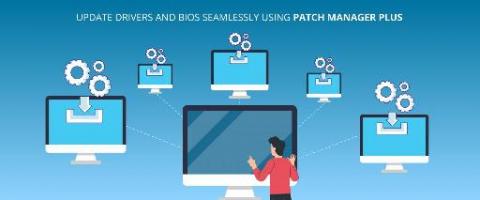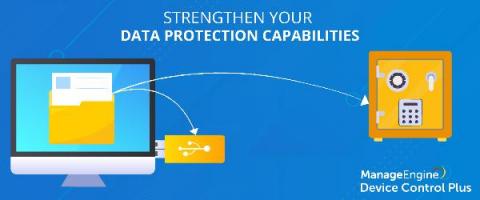Remote work: Governing and guiding end users
With remote work being the new normal thanks to the ongoing pandemic, enterprises are facing the dilemma of how to update and secure all their network endpoints while managing devices efficiently. Many businesses have adapted their operations to a remote work model. As a result, the increase in individuals working from home has put pressure on IT staff, the infrastructure, and security operations absorbing the extra burden.









































